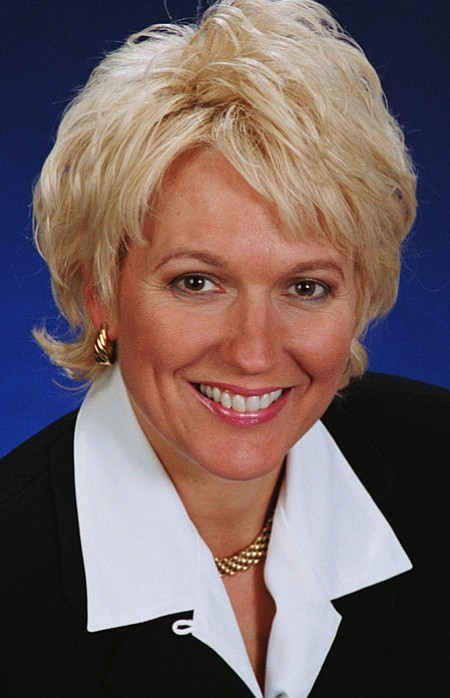Citizens expect government to be fiscally responsible.
Regarding the Columbia River Crossing, legislators are being asked to allocate $450 million toward a $3.5 billion mega-project. The CRC has spent $170 million so far on a $50 million “maximum” contract to design a replacement bridge. We’ve not purchased the first steel I-beam or poured any concrete footing.
$170 million could have built almost half the I-205 bridge today. (I-205 bridge cost $170 million in 1982, or $400 million in today’s dollars).
In spite of growing opposition, the CRC is moving forward, now spending more than $3 million per month.
A private citizen hired forensic accountant Tiffany Couch to investigate and to date, CRC planners have not produced financial statements required by state or federal law. Six of her reports indicate the CRC project will cost taxpayers more than $5.5 billion once the cost of tolls, interest on debt and maintenance and operation is considered.
Southwest Washington commuter tolling will pay for a large portion of Oregon interchanges (more than $200 million), which have been allocated toward bridge costs. The project includes additional upgrades in Oregon including $50 million towards the Gresham light rail maintenance facility and upgrades to Portland’s Steel Bridge.

